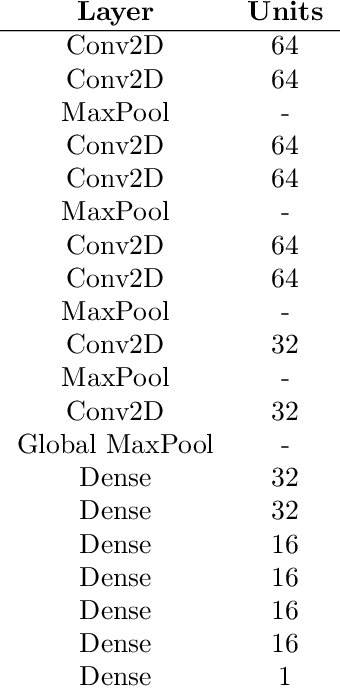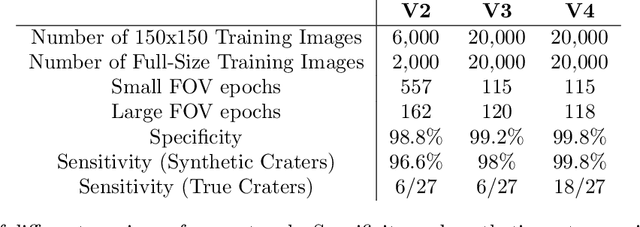Get our free extension to see links to code for papers anywhere online!Free add-on: code for papers everywhere!Free add-on: See code for papers anywhere!
Zack Gainsforth
Automatic detection of impact craters on Al foils from the Stardust interstellar dust collector using convolutional neural networks
Mar 15, 2021Authors:Logan Jaeger, Anna L. Butterworth, Zack Gainsforth, Robert Lettieri, Augusto Ardizzone, Michael Capraro, Mark Burchell, Penny Wozniakiewicz, Ryan C. Ogliore, Bradley T. De Gregorio(+2 more)
Figures and Tables:







Abstract:NASA's Stardust mission utilized a sample collector composed of aerogel and aluminum foil to return cometary and interstellar particles to Earth. Analysis of the aluminum foil begins with locating craters produced by hypervelocity impacts of cometary and interstellar dust. Interstellar dust craters are typically less than one micrometer in size and are sparsely distributed, making them difficult to find. In this paper, we describe a convolutional neural network based on the VGG16 architecture that achieves high specificity and sensitivity in locating impact craters in the Stardust interstellar collector foils. We evaluate its implications for current and future analyses of Stardust samples.
Via
 Add to Chrome
Add to Chrome Add to Firefox
Add to Firefox Add to Edge
Add to Edge